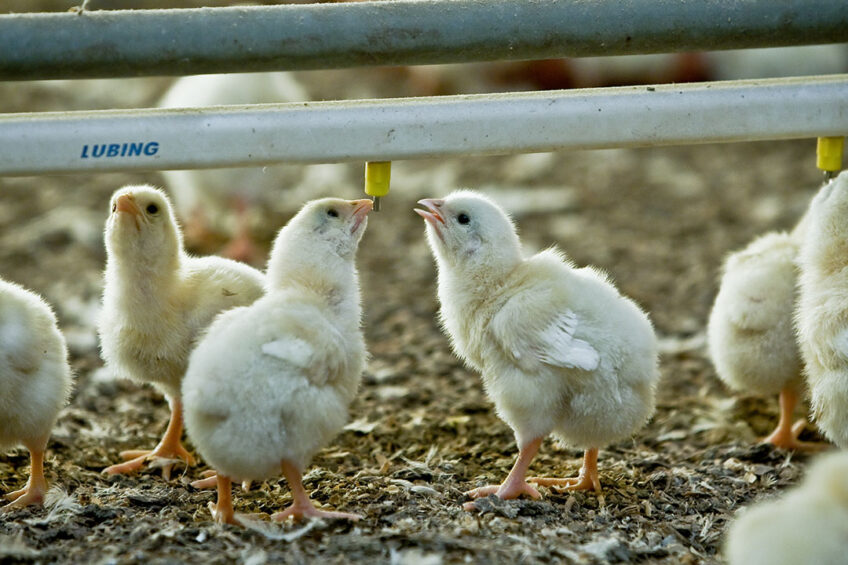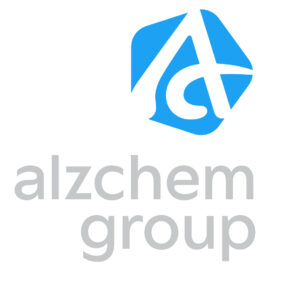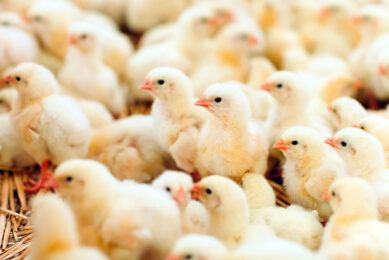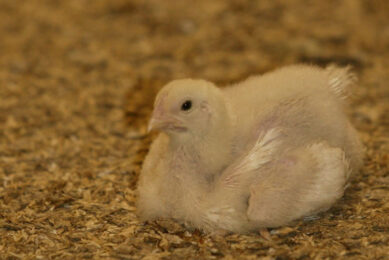Creatine: For a healthy early start

What if we could enrich the embryo with a rapidly available energy source to better secure hatching and the first days in the life? This is possible by feeding the broiler breeder hen with a source of creatine.
Creatine might ring a bell to many, as taking creatine as a supplement is very popular among athletes to gain muscle, enhance strength and improve exercise performance. Creatine gives muscle cells the capacity to produce more energy by recycling energy poor ADP back to ATP. Because creatine is found in muscle tissue, it is also present in feed ingredients that are based on animal protein. However, concentrations in animal proteins are rather low and highly variable, possibly due to variable raw material quality and the harsh processing conditions in which creatine is not stable1. In addition, animal derived proteins are not used that often in animal diets, as most poultry feed formulations are based on vegetable proteins and grains.
Benefits of creatine precursor
Even though creatine can be synthesised by the birds themselves, it is not enough to meet the high demands of modern broilers in terms of performance and growth levels. And especially when a broiler chick hatches, it needs a lot of energy. The hatching itself is demanding, but also the first hours after that, including rapid mobility to reach feed and water and sustaining environmental stressors. The early hours and days after hatch are challenging but pivotal to produce high performing broiler birds. So, creatine is very welcome here. Creatine can be transported from the hen to the egg through the hen’s diet and the hen’s own synthesis of creatine. However, the levels that are transmitted are very low2,3. So what if we could supplement the breeder hen with creatine and make sure it is deposited in the egg and embryo? By doing this, the chick embryo has an extra energy supply available to use for hatch and post-hatch needs. But there is one problem: creatine doesn’t like heat and the molecule will be lost during the pelleting process of making poultry feed. A smart way to go around this is adding the creatine precursor guanidinoacetic acid (GAA) to the mix, which is perfectly equipped to sustain the conditions during feed production. In the liver, guanidinoacetic acid (GAA) will be synthesised into creatine, which is then stored in the muscle tissue.
New research on GAA supplementation
Recent research conducted in Israel4 provides fundamental new findings to confirm the creatine transport from broiler breeder hen to chick through the GAA (creatine precursor) supplementation*. The authors studied whether GAA supplemententation (15 weeks, 0 or 0.15% GAA) of broiler breeder hens (Cobb 500, 47 weeks of age) affects creatine deposition into the hatching egg. It was shown that feeding GAA in the diet of broiler breeder hens, creatine levels in both, yolk and albumen increases. The most pronounced effects were seen in the yolk, being of primary relevance for embryo development (Table 1). Due to dietary GAA (0.15%), total egg creatine could be enriched by more than 40%.
Effect on growth performance
The chick’s first seven days on-farm play an important role in determining its performance later in life. So, is GAA supplementation and the higher levels of creatine in the egg also a prerequisite for better growth performance later in life? Earlier studies in meat type quails3 showed an increase in egg creatine by approximately 30% (0.263 mg/egg vs. 0.342 mg/egg, respectively) as a consequence from 0.18% GAA in the quail breeder diet. The same study showed that an elevation of egg creatine will lead to elevated muscle creatine levels in the embryo (Figure 1 and 2).
On the findings of this study in quails, the benefits from GAA feeding – to enrich the embryo with creatine, to reduce metabolic burden for creatine synthesis and to supply energy for a good start, are further supported. And the relevance, primarily seen from an improved hatchability, is already substantiated by several studies and in practice (Table 2). The most effective dose level of GAA was found between 0.08 and 0.12% GAA. Based on the broiler breeder data, benefits were more pronounced in older birds. A practical study including 45,000 birds at high altitude has determined: Hens fed 1 g of GAA/kg showed an increase of 1, 3 and 5% in hatchability, compared to hens at the control farm at 60, 61 and 62 week of age, respectively6.
Two of the reported studies3,5 showed benefits in progeny performance from GAA fed hens (Table 2) whilst another study from 20186 could only detect improved progeny performance when GAA supplementation was also continued during progeny feeding.
Conclusion
There is an increasing body of research to find the best ways to feed the day-old chick to make sure it becomes a healthy and fast-growing bird. Solutions are found in the range of feeding small, easy to eat feed pellets to specially designed feeders that small chicks have easy access to. Enriching the nutritional components in the egg with creatine to better meet the physiological requirements of modern broilers is a highly important addition to further improve broiler production in terms of health, growth and efficiency. The latest research with GAA as a source of creatine supports that adding GAA to the diet of broiler breeder hens is a practical and effective way to do so.
References 1-8 are available on request
Authors: Vivienne Inhuber and Ulrike Braun, AlzChem Trostberg GmbH, Trostberg, Germany
*Creamino, AlzChem Trostberg GmbH, Germany.
Creamino contains GAA, which is globally established for growing poultry nutrition whilst application in breeders is expanding. US approval for GAA has been recently extended for all poultry, including application in breeders. For more information on availability in your region, get in touch with us: creamino@alzchem.com
Join 31,000+ subscribers
Subscribe to our newsletter to stay updated about all the need-to-know content in the poultry sector, three times a week. Beheer
Beheer



 WP Admin
WP Admin  Bewerk bericht
Bewerk bericht